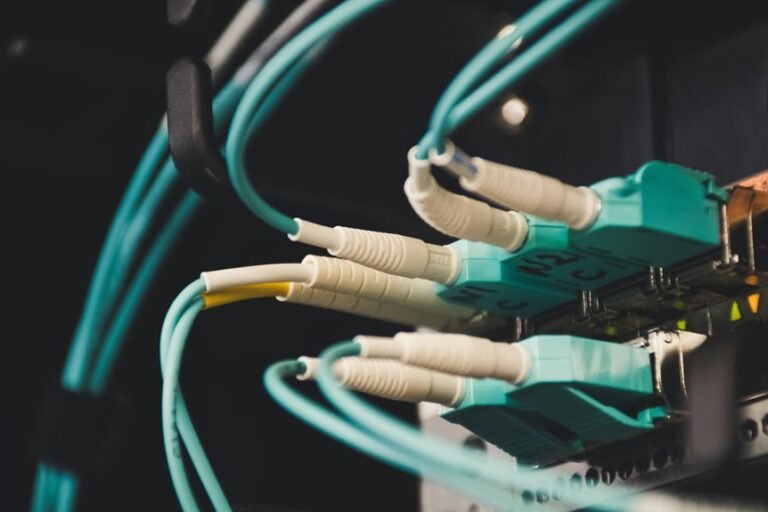Telecom Risk and Call Monitoring Division 4084987586 7202598266 2543622641 8666314680 8136702170 5642322034
In today’s competitive telecommunications landscape, understanding the role of the Telecom Risk and Call Monitoring Division is essential. You might be surprised at how advanced technologies like data analytics and predictive modeling are reshaping risk management. By focusing on compliance and threat mitigation, this division enhances service quality. But what does this mean for customer satisfaction and long-term business success? The answers could redefine your expectations of telecom services.
Importance of Call Monitoring in Telecommunications
Call monitoring is crucial in telecommunications, as it directly impacts service quality and customer satisfaction.
By analyzing call quality, you can identify areas needing improvement, ensuring customers receive optimal service.
Additionally, effective call monitoring aids in fraud detection, safeguarding both your business and customers from potential threats.
Prioritizing these elements allows you to maintain a competitive edge and foster trust in your services.
Key Technologies Used in Risk Management
Often, organizations leverage advanced technologies to enhance risk management in telecommunications.
Data analytics and predictive modeling enable effective risk assessment, while compliance monitoring ensures adherence to regulations.
Threat detection systems bolster network security, and fraud prevention measures safeguard assets.
Additionally, incident response protocols help mitigate risks promptly, creating a robust framework for managing vulnerabilities and ensuring operational resilience in an ever-evolving landscape.
Benefits of Effective Call Monitoring for Businesses
While many businesses recognize the importance of customer interactions, effective call monitoring serves as a critical tool for enhancing service quality and operational efficiency.
It boosts call efficiency by identifying training opportunities and streamlining processes. Additionally, it provides compliance assurance, ensuring that your team adheres to regulatory standards.
Ultimately, this proactive approach empowers you to improve performance and foster a culture of accountability.
Enhancing Customer Satisfaction Through Risk Mitigation
Effective risk mitigation strategies not only protect a business’s interests but also significantly enhance customer satisfaction.
By actively seeking customer feedback, you can identify areas for improvement, ensuring service quality meets expectations.
When you address risks proactively, it fosters trust and loyalty, allowing customers to feel valued.
Ultimately, a focus on risk management translates into a better overall experience for your clientele.
Conclusion
In conclusion, the Telecom Risk and Call Monitoring Division acts like a vigilant guardian, ensuring that service quality remains uncompromised. By leveraging advanced technologies and proactive risk management practices, you not only safeguard compliance but also enhance customer satisfaction. This strategic approach fosters trust, allowing your business to thrive in a competitive landscape. Ultimately, effective call monitoring isn’t just about mitigating risks; it’s about creating a seamless experience that keeps customers coming back for more.






